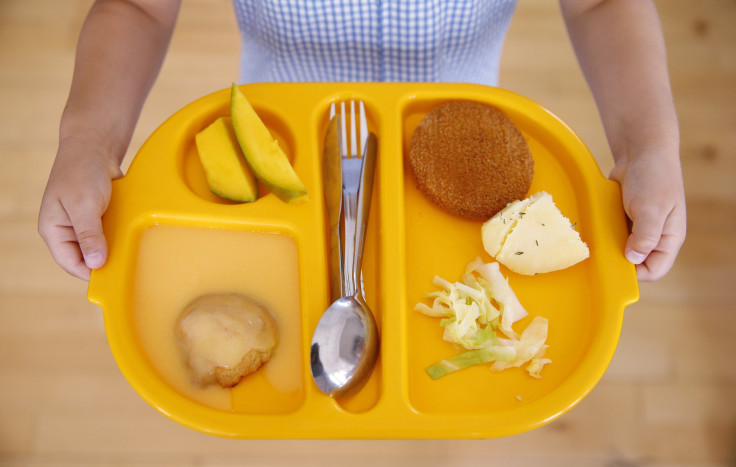Recess Before School Lunch Gets Kids Eating 54% More Fruits And Vegetables

Is it any wonder that scheduling school lunch before recess doesn’t work? Almost by their nature, kids are wired to see playtime on the horizon and instantly forget about their green beans. And with all that pent-up energy, who could blame them?
That’s why the simplest and easiest fix is to swap the two. A new study confirms the idea’s effectiveness. When kids ate lunch after burning themselves out at recess, working up an appetite, they consumed up to 54 percent more fruits and vegetables. Which is good news, considering the U.S. is witnessing the most severe childhood obesity epidemic in its history. In the last 30 years, obesity rates have more than doubled in children and quadrupled in adolescents.
“Recess is a pretty big deal for most kids,” said Joe Price, study co-author and an economics professor at Brigham Young University, in a statement. “If you have kids choose between playing and eating their veggies, the time spent playing is going to win most of the time.”
Price and his colleague, David Just of Cornell University, looked at a collection of first- through sixth-graders in three schools that had moved recess to before lunch and four schools where lunch continued to come first. Spending roughly two weeks at each school, the team found fruit and vegetable consumption increased by 0.16 servings, or 54 percent, over the baseline. The fraction of kids eating at least one serving of fruits or vegetables increased by 10 percentage points, or 45 percent. In the control schools, consumption actually went down, the researchers said.
There may be an added practical benefit to swapping recess and lunch: reduced food waste. In the spring of last year, the U.S. Department of Agriculture (USDA) banned junk food from schools, replacing high-calorie, nutrient-poor snacks like chips and cookies with vitamin-rich fruits and vegetables. The plan wasn’t without its skeptics. Vegetables rarely get kids excited to eat, usually because they just aren’t appetizing. In fact, most of the research suggests kids throw away an average of 24 to 35 percent of the food on their trays — and it isn’t dessert that falls in the garbage. With more of an appetite, especially to refuel after an intense game of kickball, kids are less likely to contribute to the $3.2 million in wasted school lunches each year.
Price and Just argue the switch should be a no-brainer. The move comes at no cost for the school, but brings with it a massive upside: less waste, in both dollars and food costs, and healthier students who, with an improved diet, will likely be more attentive in the classroom.
“Increased fruit and vegetable consumption in young children can have positive long term health effects,” wrote Price and Just. “Additionally, decreasing waste of fruits and vegetables is important for schools and districts that are faced with high costs of offering healthier food choices.”
Source: Price J, Just D. Lunch, recess and nutrition: Responding to time incentives in the cafeteria. Preventive Medicine. 2015.



























